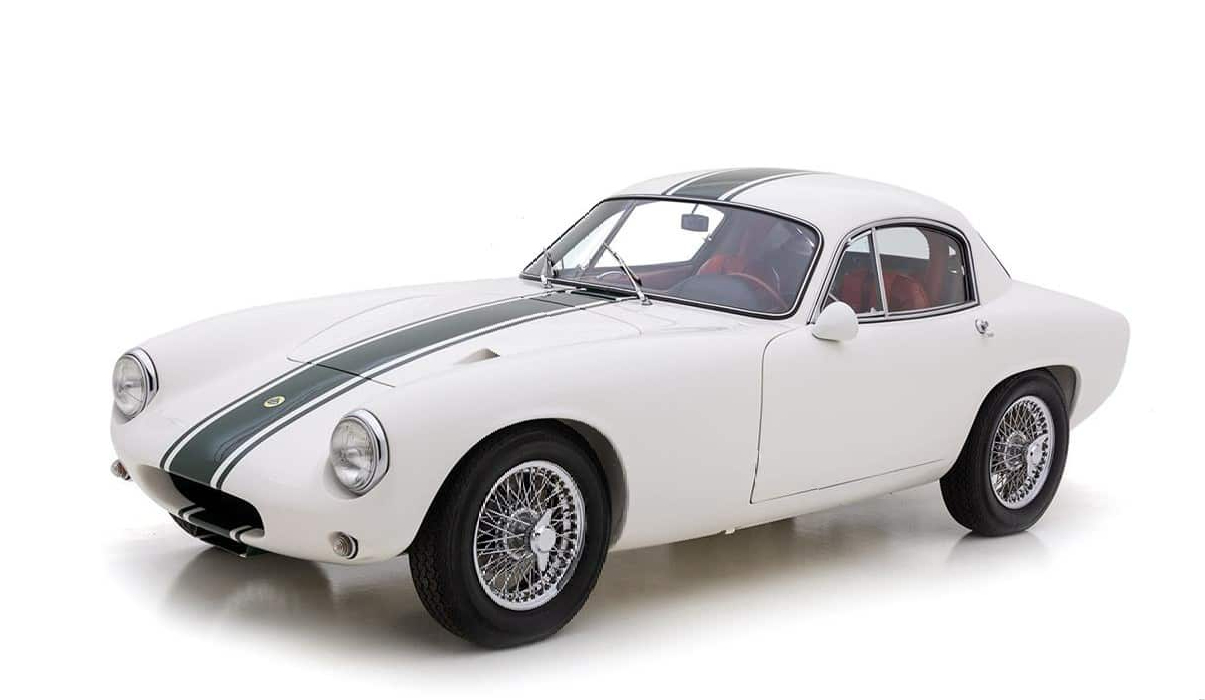The History of Lotus Cars in South Africa
Lotus Cars, the British manufacturer renowned for its lightweight sports cars and innovative engineering, has carved a unique niche in South Africa's automotive landscape. The brand’s journey in the country reflects a blend of performance, motorsport culture, and the passionate community of enthusiasts who have embraced its philosophy over the decades.
Early Years: 1960s-1970s
Lotus Cars made its first significant impact in South Africa during the 1960s. The Lotus 7, launched in 1957, became a favorite among local racing enthusiasts due to its simplicity, lightweight construction, and agile handling. The car's design, rooted in Colin Chapman’s philosophy of “adding lightness,” made it ideal for both track and road use. As a result, it gained a loyal following among amateur racers and motoring purists in South Africa.
The brand’s presence was further solidified in the 1970s with models like the Lotus Elan and Lotus Europa. These cars showcased innovative engineering and performance, attracting attention from car enthusiasts and motorsport fans alike. The Elan, with its fiberglass body and advanced suspension, was particularly admired for its handling and performance, making it a popular choice among South African drivers seeking a thrilling driving experience.
Motorsports Influence
Motorsport has always been a cornerstone of Lotus's identity, and South Africa played a pivotal role in this narrative. The brand’s participation in local racing events helped solidify its reputation as a performance-oriented manufacturer. South African racing legends, such as Dave Charlton, often piloted Lotus cars, achieving notable success on the track and enhancing the brand's allure.
The 1970s also saw the emergence of the Lotus Formula 1 team, which inspired local motorsport enthusiasts. With cars like the Lotus 49 and Lotus 72 dominating the F1 scene, the brand became synonymous with speed and innovation. This connection to Formula 1 fostered a deep appreciation for Lotus among South African fans, who closely followed the races and celebrated the brand's achievements.
Challenges and Adaptations: 1980s-1990s
The 1980s and 1990s brought significant challenges for Lotus, both globally and in South Africa. Economic fluctuations, combined with changing consumer preferences, impacted the automotive industry. Japanese manufacturers began to dominate the market with affordable, reliable vehicles, which put pressure on niche brands like Lotus.
Despite these challenges, Lotus continued to attract a dedicated group of enthusiasts in South Africa. The introduction of models like the Lotus Esprit and the Lotus Elise in the 1990s reignited interest in the brand. The Esprit, with its striking design and turbocharged performance, captured the imagination of South African drivers looking for luxury and speed. Meanwhile, the lightweight Elise appealed to purists, emphasizing the brand's commitment to performance and handling.
The 2000s: Resurgence and New Horizons
The turn of the millennium marked a renewed interest in Lotus Cars in South Africa. The company focused on revitalizing its lineup, introducing models like the Lotus Exige and the new Elise, which resonated with a younger generation of car enthusiasts. The Exige, in particular, showcased Lotus's dedication to performance, with its agile handling and track-ready capabilities.
Local motorsport events continued to be a platform for Lotus, with clubs and communities organizing races and track days that celebrated the brand’s racing heritage. Lotus South Africa became more active in engaging with enthusiasts, organizing events that brought together owners and fans to share their passion for the brand.
Conclusion
Today, Lotus Cars remains a cherished name among South African car enthusiasts, embodying the spirit of innovation, performance, and a rich motorsport heritage. The brand’s journey in South Africa reflects not only its resilience in the face of challenges but also the deep connection forged with a community that values the thrill of driving. As Lotus continues to evolve and introduce new models, its legacy in South Africa endures, promising an exciting future for both the brand and its passionate supporters.









